Did you know that University of Alaska locations across the state provide world-class experiences for tourists, visitors and locals alike?
Did you know that University of Alaska locations across the state provide world-class experiences for tourists, visitors and locals alike? Tourism is one of Alaska’s major economic forces, with a total annual economic impact of more than $4.5 billion.
Tourists come to see Alaska’s mountains, bears, glaciers, and northern lights, as well as to enjoy fishing, gold panning, and learning about Alaska’s Native cultures and communities. The Alaska Travel Industry Association's website provides in depth information about the many options. These opportunities also inspire students, researchers, faculty and staff throughout the university system.
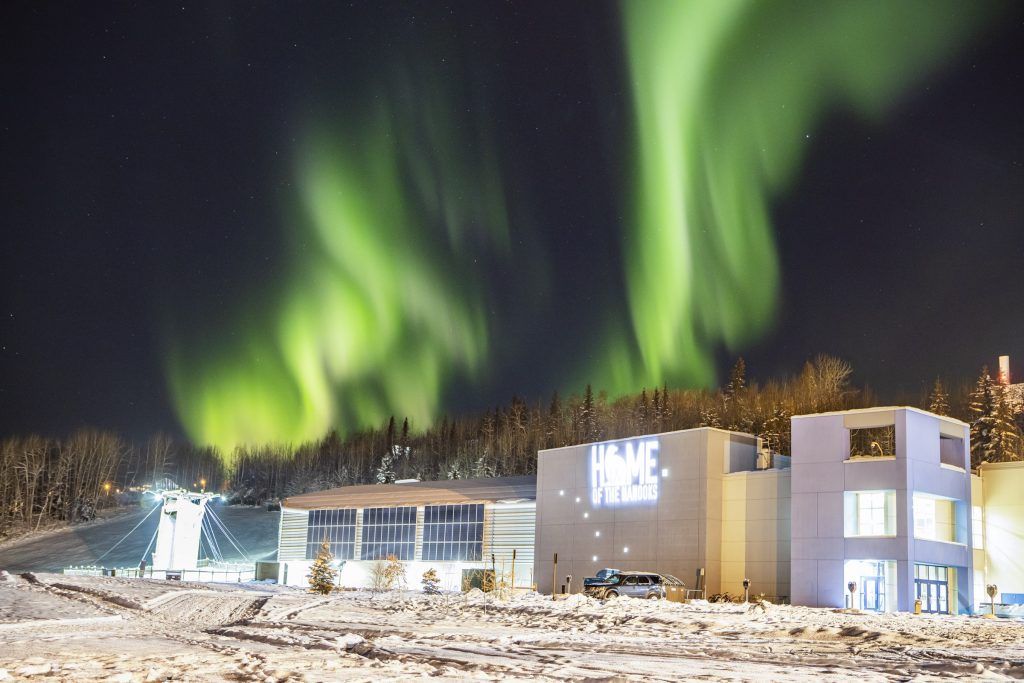
Some of the research being conducted across the UA system has a direct tie to the tourism industry. The aurora forecast produced by the UAF Geophysical Institute provides information on the best opportunities to see the Northern Lights. Other research helps to maintain the healthy ecosystems that more than 2.2 million visitors to Alaska enjoy each year, including monitoring whale populations, and integrated coastal research by the Alaska Coastal Rainforest Center. UAA’s economists investigate the ways that climate change is transforming not only our environment, but how we operate as individuals and organizations in a changing ecosystem.
Our three universities also prepare students to work in and start new businesses in the tourism industry, from hospitality industry and culinary arts programs in Fairbanks and Anchorage, to small business development centers, business courses and support for entrepreneurs. We help provide the skilled workforce for this vital economic sector.
In addition, there are many exciting attractions at each university that draw visitors. From the top-rated Museum of the North on the Fairbanks campus to the Maxine & Jesse Whitney Museum in Valdez, here’s a look at some of the most visitor-friendly locations in the UA system.
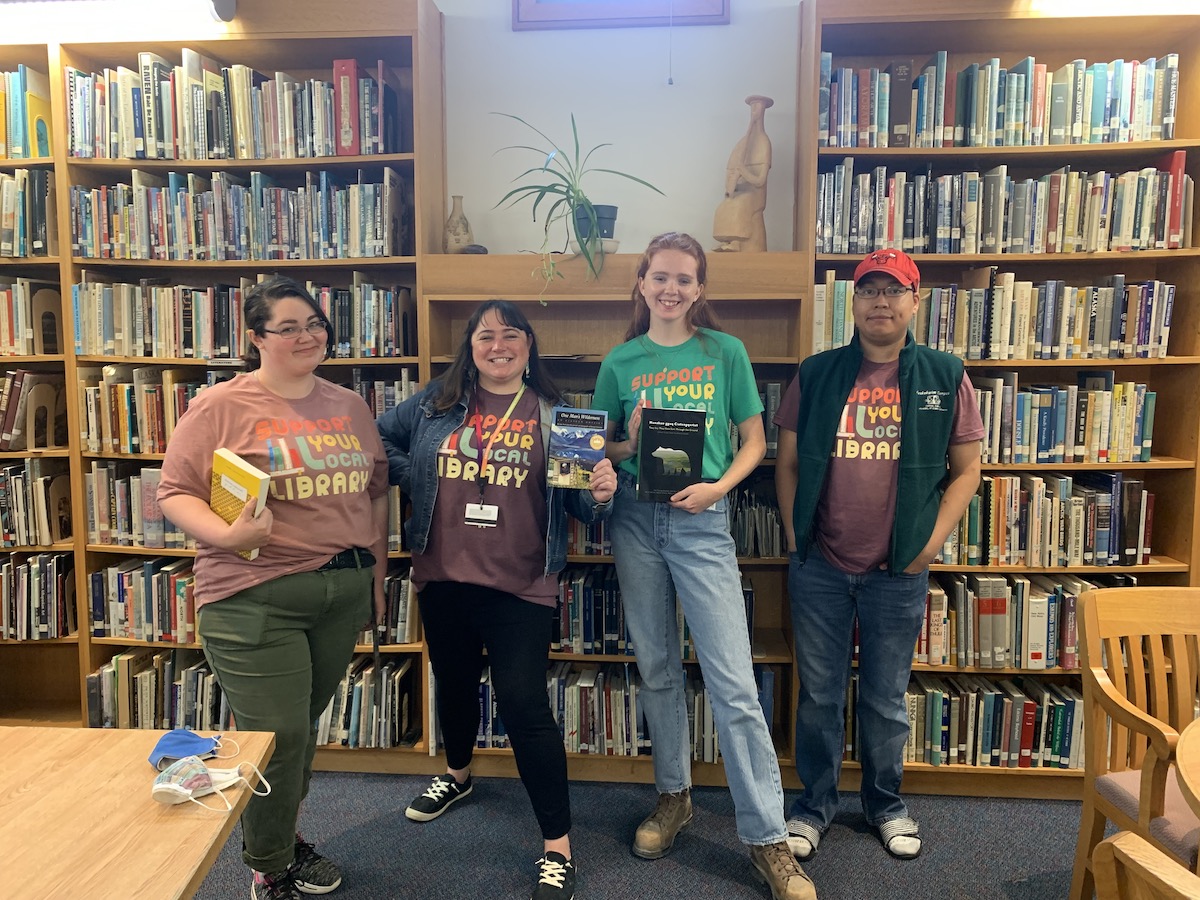
UAF Kuskokwim Campus, Bethel
The Kuskokwim Consortium Library is the academic library for the University of Alaska Fairbanks Kuskokwim Campus, and also serves the City of Bethel. The Kuskokwim Consortium Library is the heart of the community of Bethel and brings the community together through programs and thoughtful discourse. Check out their calendar for activities when visiting Bethel.
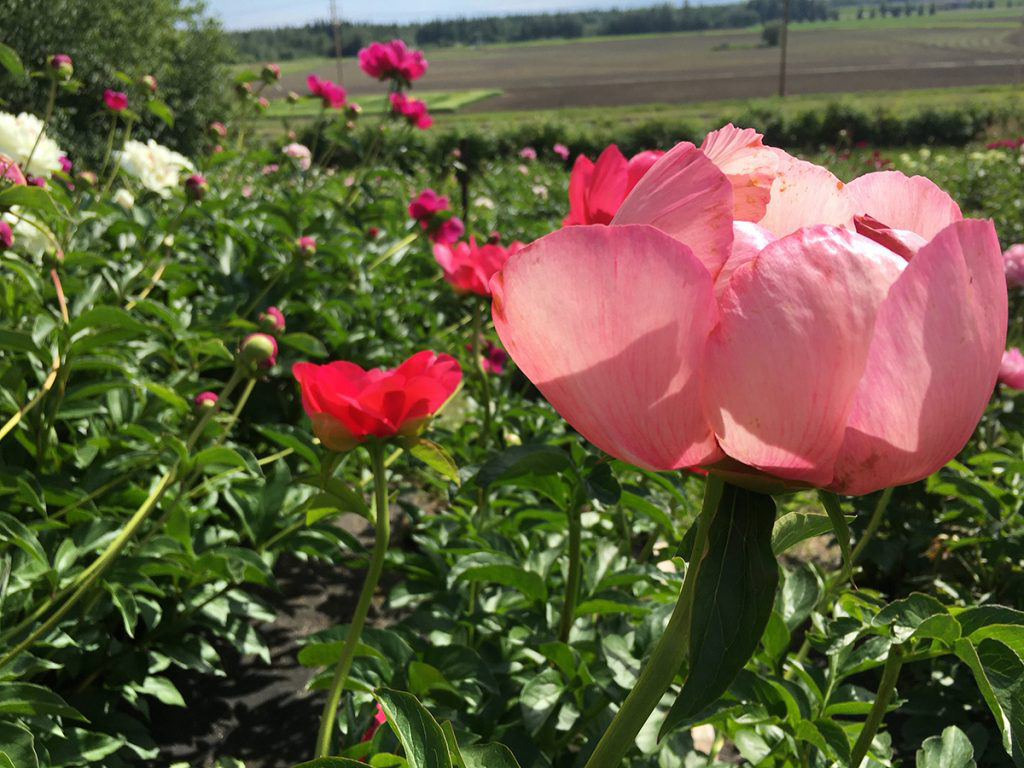
UAF Troth Yeddha Campus, Fairbanks
There are many areas of interest for visitors to the main UAF Troth Yeddha’ campus in Fairbanks. In addition there are miles of trails to explore in summer or in winter in UAF’s North Campus.
The Georgeson Botanical Garden (GBG) is a nationally recognized botanical garden and a member of a network of educational and research institutions dedicated to plant culture and conservation. They conduct plant trials, teach classes and helped establish Alaska as an internationally recognized export market for peonies. The Garden is a dynamic space and continues to grow, adding programs and events that encourage connections between people and plants. They host the Music in the Garden concert series each Thursday evening during the summer. The garden is open Memorial Day to Labor Day from 8 a.m. – 8 p.m. daily.

The Large Animal Research Station (LARS), a 130-acre facility on Yankovich Road houses herds of muskoxen and reindeer, and periodically other large animals. The animals are maintained for a variety of research and educational projects on topics including reproduction, nutrition, energetics, and behavior. The farm is open everyday 9:30 a.m. to 4:30 p.m., tour times are at 10 a.m., 12 and 2 p.m.
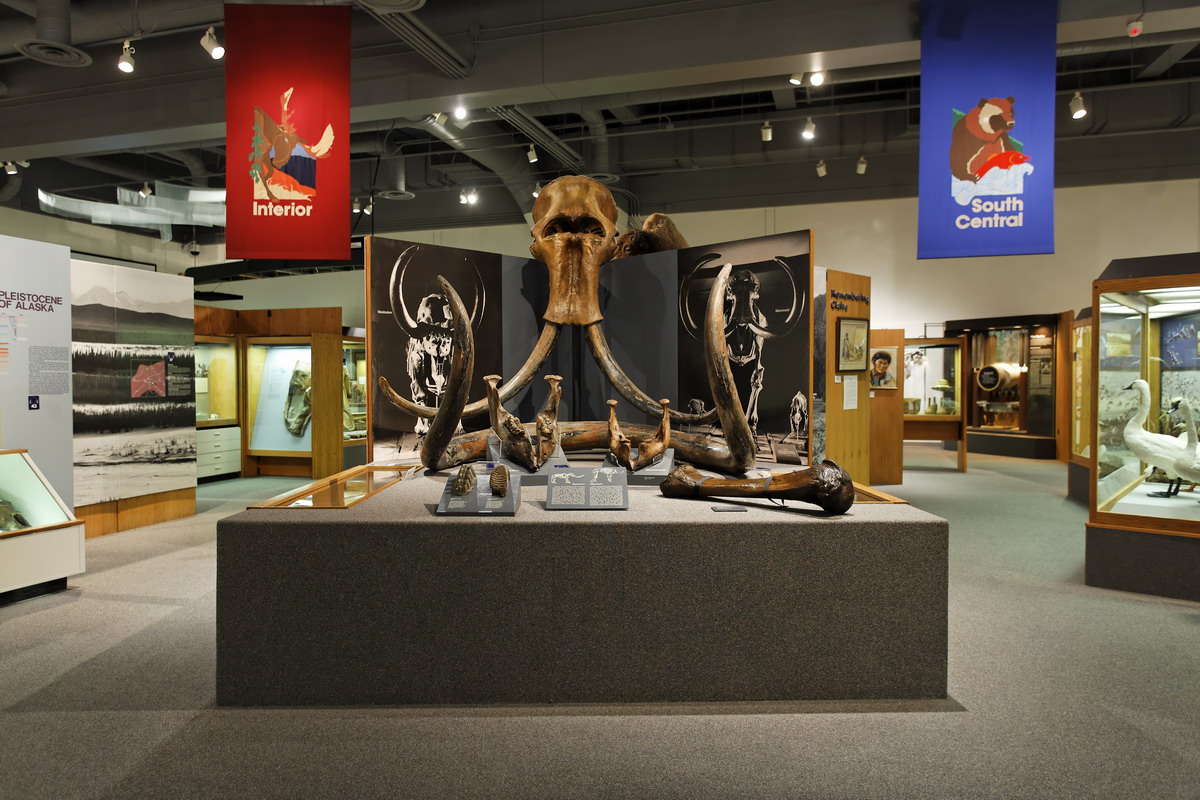
The University of Alaska Museum of the North is a thriving visitor attraction, a vital component of the University of Alaska Fairbanks, and the only research and teaching museum in Alaska. The museum's research collections - 2.5 million artifacts and specimens - represent millions of years of biological diversity and thousands of years of cultural traditions in the North. The museum is also the premier repository for artifacts and specimens collected on public lands in Alaska and a leader in northern natural and cultural history research. Highlights include a 2,000-year spectrum of Alaska art, from ancient ivory carvings to contemporary paintings and sculpture in the Rose Berry Alaska Art Gallery; the state's largest public display of gold and Blue Babe, a 50,000-year-old mummified steppe bison, in the Gallery of Alaska; and an ever-changing sound and light installation driven by the real-time positions of the sun and moon, seismic activity, and the aurora in The Place Where You Go to Listen. The museum offers special exhibits, events and lectures, and family programs on a variety of topics throughout the year.
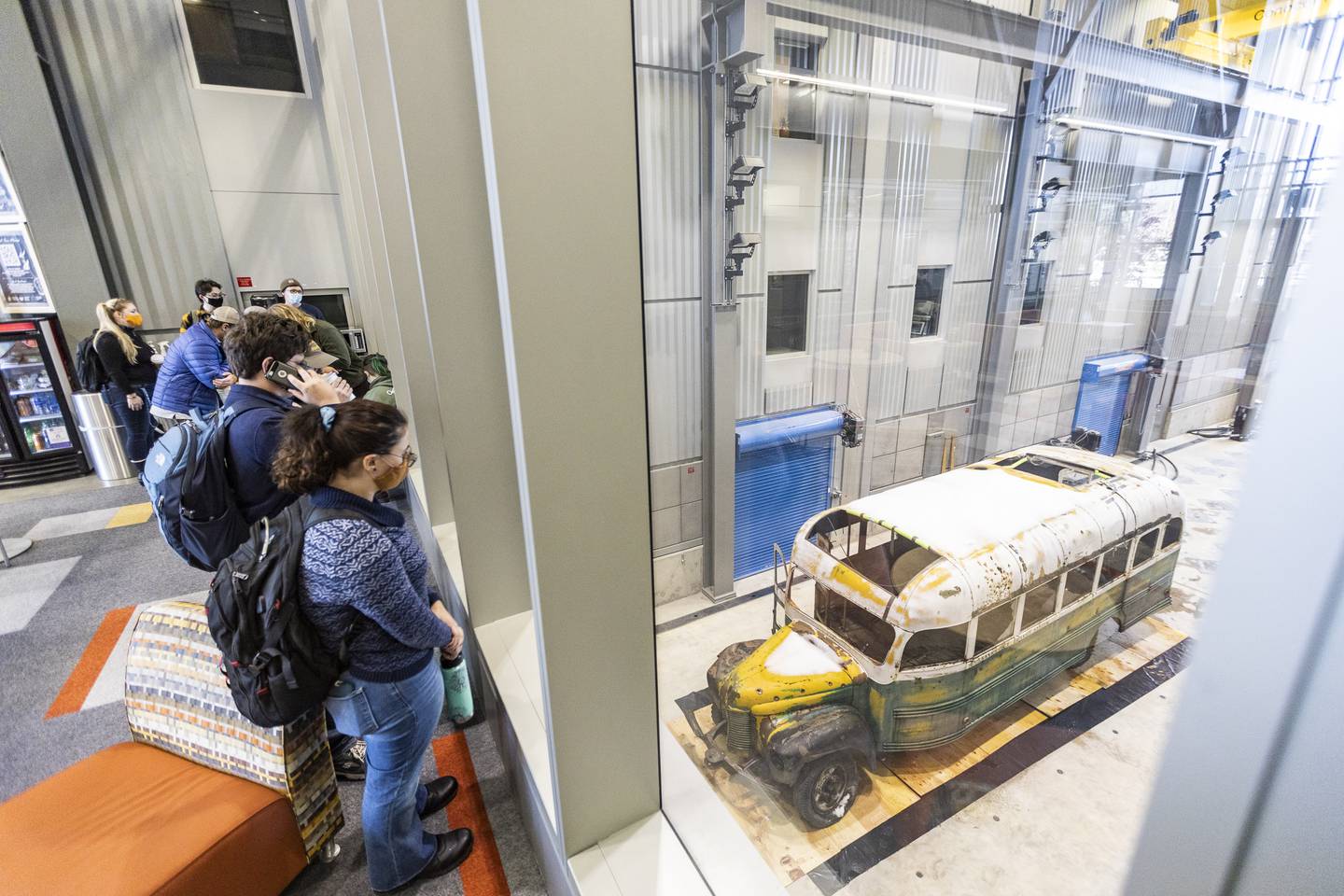
The iconic “Bus 142” made famous by Jon Krakauer’s 1996 book “Into the Wild” and 2007 movie will go on display at the museum after extensive restoration. The bus and associated historical materials will be cataloged into the Ethnology & History permanent collection. Visitors can watch the restoration work in the high bay lab at the University of Alaska Fairbanks’ Engineering, Learning and Innovation Facility.
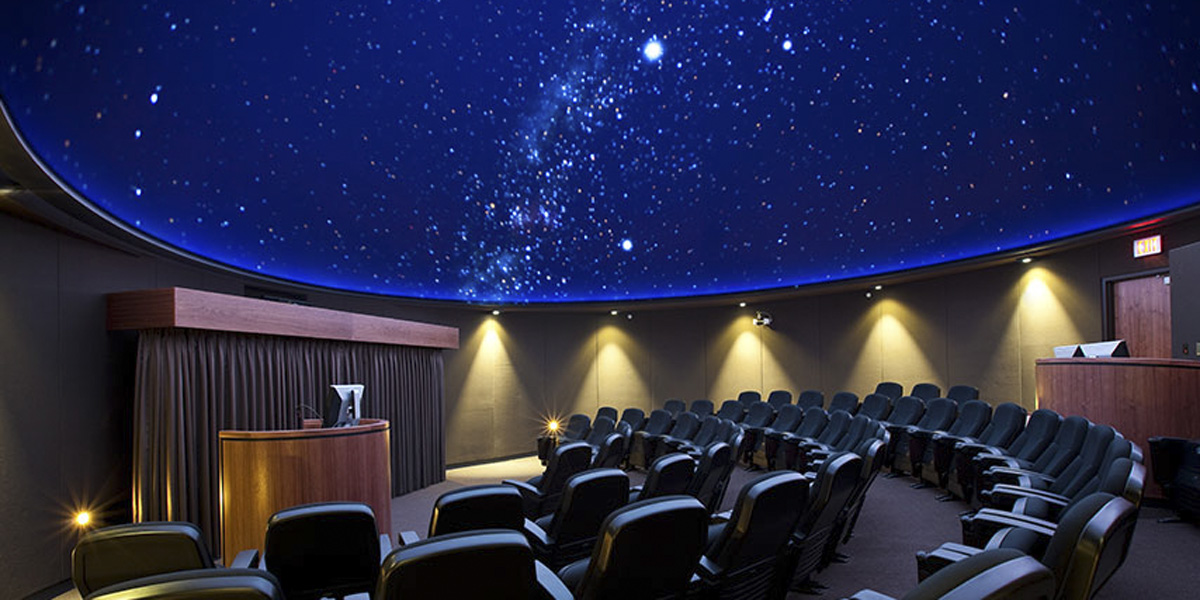
UAA Anchorage Campus, Anchorage
As Alaska’s largest planetarium, the University of Alaska Anchorage’s Planetarium & Visualization Theater is an immersive place to explore the world around us, from the smallest microbes to the most distant galaxies. The Planetarium and Visualization Theater offers an immersive full-dome experience with a digital projector system and chair-rumbling surround sound. The dome is 10-meters (33 feet) in diameter and the theater has 62 seats (with tablet arms for note taking) and three ADA spots. The projector system can be operated in a "live" mode, enabling the operator to fly you through the Universe in real time. They also offer full-dome movies on a variety of subjects.
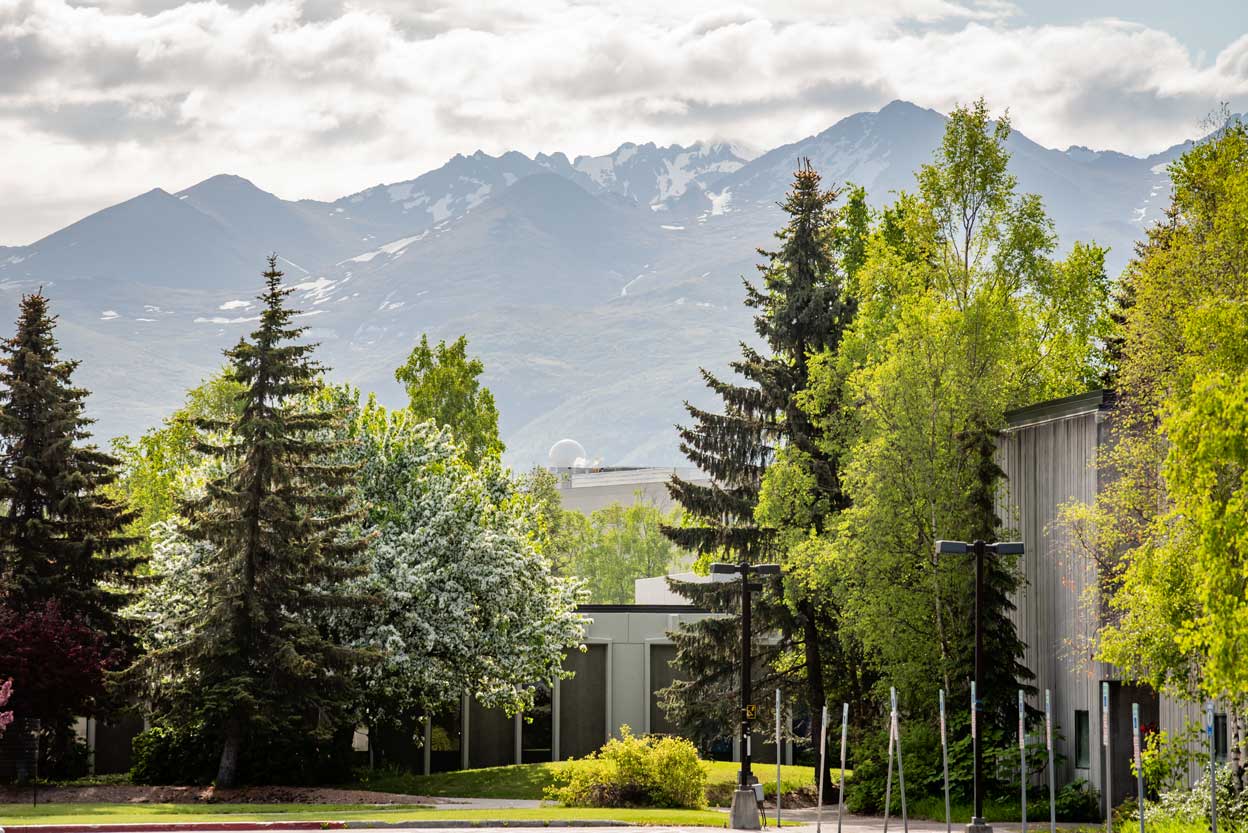
The Anchorage Campus is home to the Chris Turletes Memorial Tree Tour, the state's largest variety of tree species planted on public land. UAA established a self-guided tree tour to help spread awareness about this collection, which includes over 70 different species planted across east and west campus. The tour encompasses one of the largest collections of native and exotic ornamental trees in Southcentral Alaska. The campus canopy serves as a living laboratory for students across the community, including elementary school classes who participate in guided tours to learn about environmental stewardship and plant science. With a few species not normally seen in Alaska, like maples and oaks, the tour is a great excuse to explore the UAA campus.

UAA Mat-Su College, Palmer/Wasilla
The new 520-seat Glenn Massay Theater, located on the University of Alaska's Mat-Su College (MSC) campus, hosts a variety of events including plays, musicals, lectures, conferences, concerts, competitions, festivals, benefits, recitals, movie screenings, receptions, and more. The mission of the theater is to provide a state-of-the-art facility for the MSC campus and the Mat-Su Valley community to present their ideas and creative endeavors to the public. It is a venue of education and entertainment that helps to strengthen, engage, and empower the community. Visitors can check the calendar and catch a show or performance in the theater.
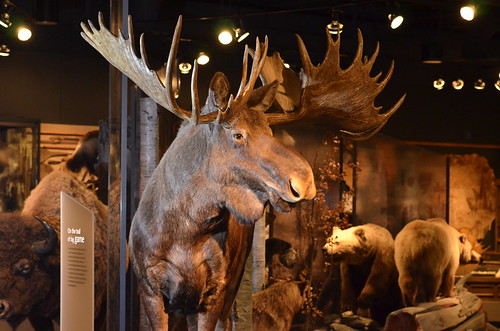
UAA Prince William Sound College, Valdez
The Maxine & Jesse Whitney Museum contains one of the largest collections of Alaska Native art and artifacts in the world. The Whitneys came to Alaska in 1947, and Maxine traveled to Native villages throughout the territory, buying items directly from the artists to sell in her gift shop. In 1969, Maxine assumed ownership of the Eskimo Museum in Fairbanks, and continued her collecting until the mid-1980s. The collection was donated by Ms. Whitney to Prince William Sound Community College in 1998. The artifacts were housed at the Valdez Airport for ten years, and now find a permanent home in a new state-of-the-art museum, adjacent to the college. Since opening in May 2008, the professionally designed exhibits have garnered much attention from locals and visitors alike.
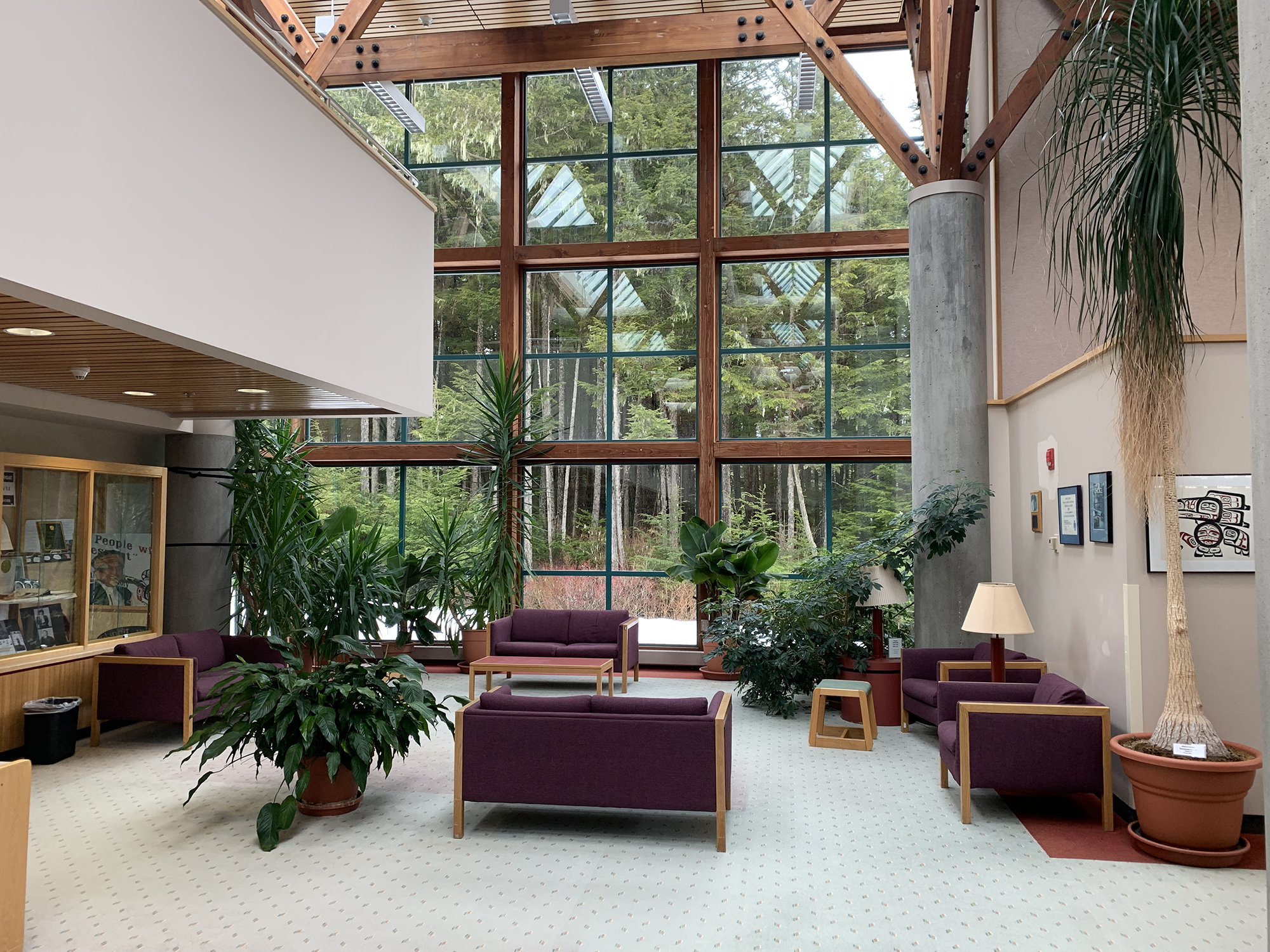
UAS Juneau Campus, Juneau
The Juneau campus of the University of Alaska Southeast is located in the heart of the Tongass National Forest. Visitors to campus should explore the Egan Library to enjoy the unique architecture, immersion in the rain forest surrounded by stunning views, and explore their permanent collection of Northwest Coast Native Art. The collection features wood carvings, basketry, and Ravenstail weaving by renowned Alaskan artists including Edna Jackson, Steve Brown, Wayne Price, Nathan Jackson, Jennifer Brady Morales, Jan Criswell, Cheryl Samuel, Mary Lou King, Ray Watkins, Harry Calkins and Delores Churchill. The collection was acquired through the Alaska Percent for Art in Public Places program. Collection Guides are available at the entrance of the library for reference in self-guided tours.
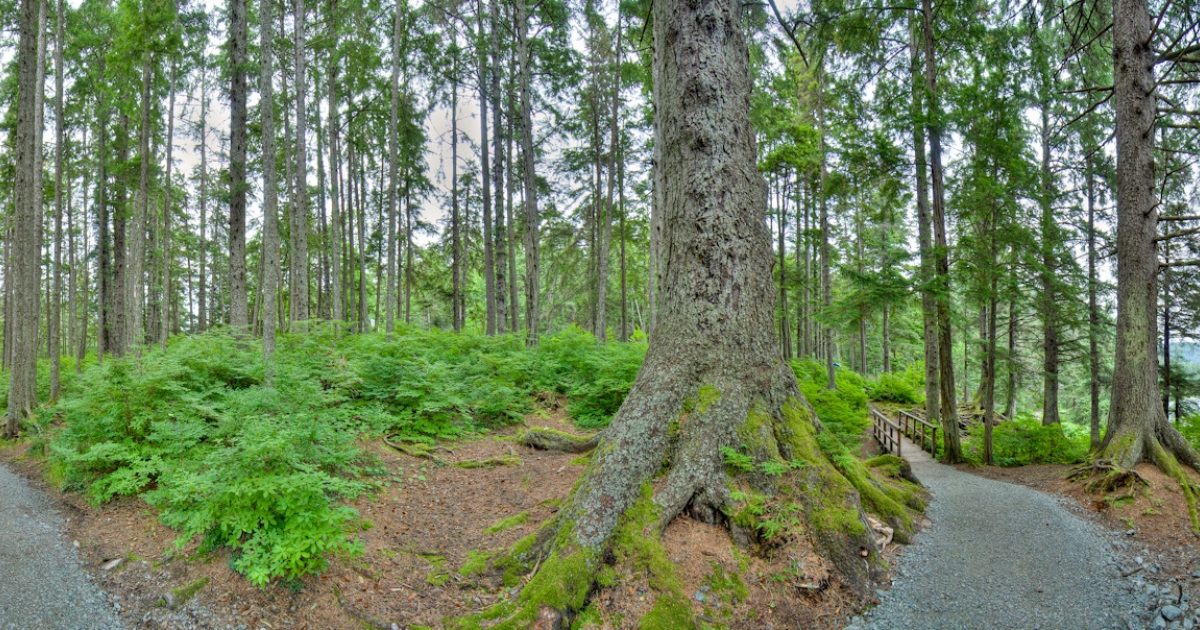
Learn more about Alaska’s Indigenous peoples with the Indigenous Knowledge Collection. The Cyril George Collection honors Indigenous voices and Alaska Native Knowledge in a collection of over 3,000 volumes on the main floor of Egan Library.
Visitors can also take a walk around the scenic Auke Lake Trail with views of the Chilkat Mountains, Admiralty Island, Gastineau Channel, and Mts. Stroller White and McGinnis.
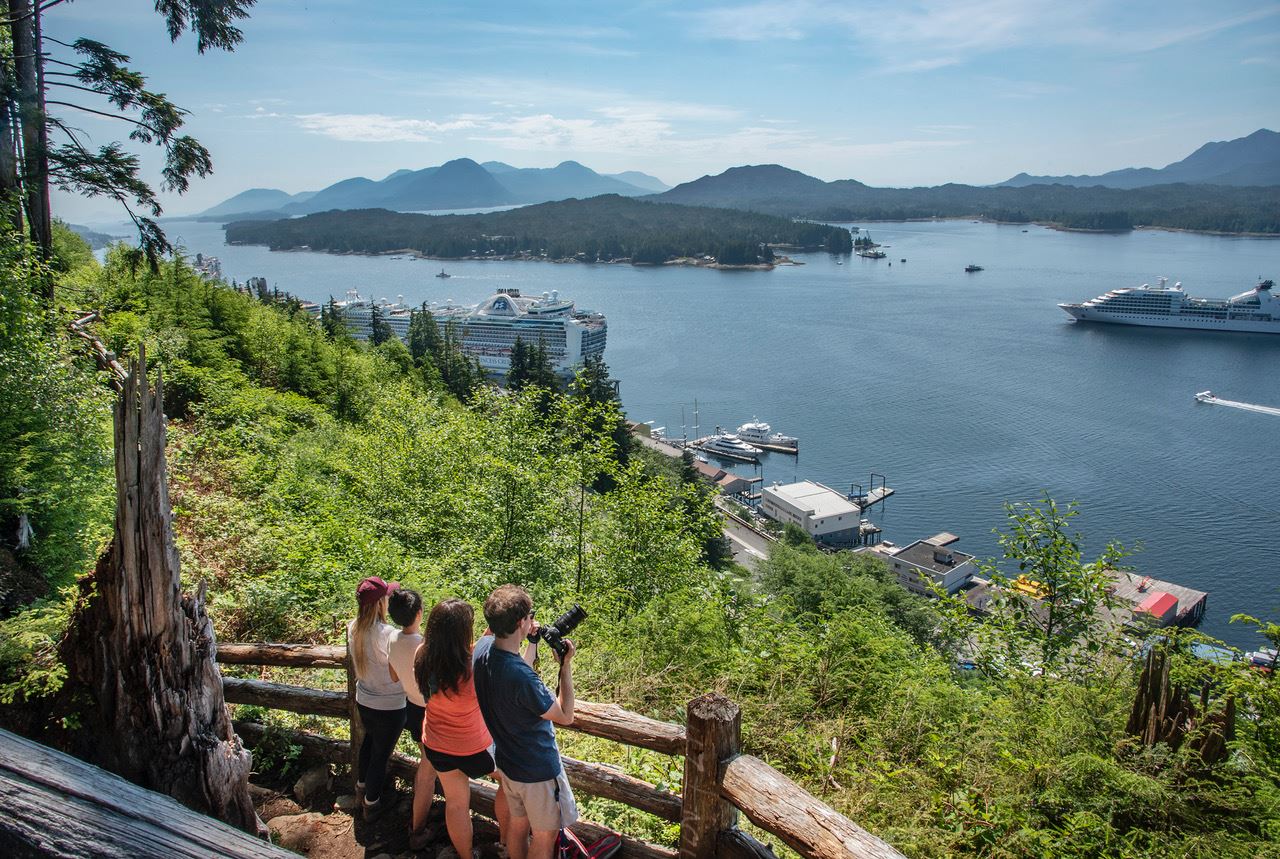
UAS Ketchikan Campus, Ketchikan
The Rainbird Trail is a delightful 1.3 mile trail that winds through a rainforest with towering trees, shrubs, & ferns before skirting a bluff that offers striking views of the city and Tongass Narrows. The trailhead is located at the University of Alaska Southeast (UAS) campus, on the left side of the parking lot. The trail is moderately difficult, and at times depending on the snow and water run-off, can become challenging and require off-trail navigation due to washouts.

UAS Sitka Campus, Sitka
Sitka has been described as one of the most beautiful places in Alaska, and one of the most picturesque views of the seaside community is from the Sitka campus parking lot, including a view of the Baranof Castle State Historic Site, where Russia handed Alaska over to the United States. Every day during the summer, hundreds of tourists photograph Sitka from the campus with the backdrop of Mt. Verstovia, the Three Sisters mountains, Gavan Hill and the McConnell bridge. The tour guides inform guests about the role the buildings, runway and floatplane ramp played during World War II in serving as the first line of defense against a possible invasion from Japan. One of those former airplane hangars has been converted into the campus of UAS Sitka.
